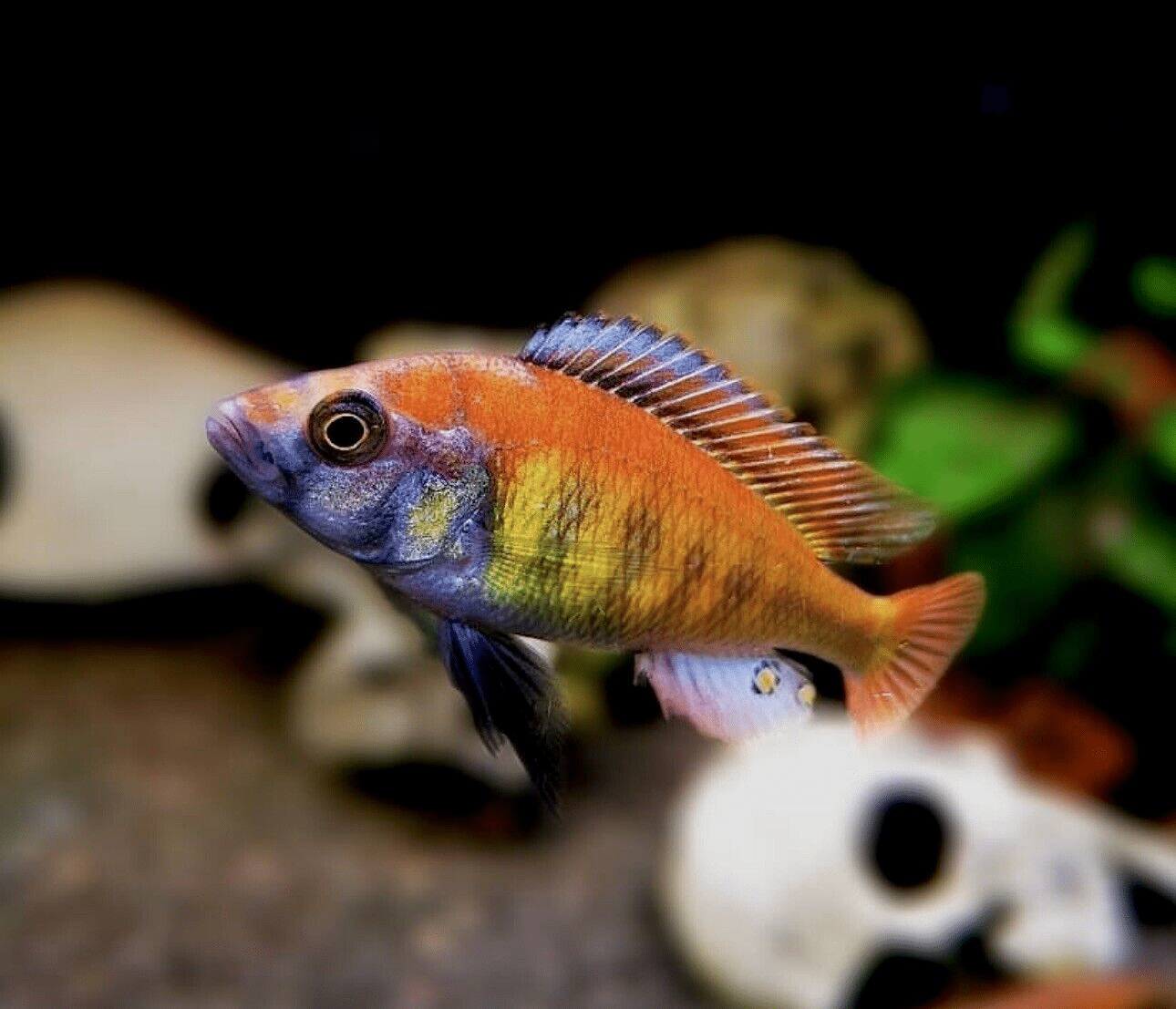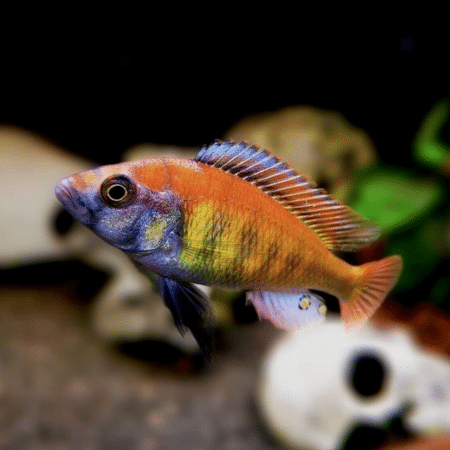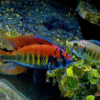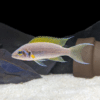-
×
-
×
-
×
-
×
-
×
Subtotal: £162.00























Emily Carter (verified owner) –
I recently purchased the Stunning Haplochromis Nyererei Pundamilla Lake Victoria Malawi Cichlids, and I couldn’t be happier! After about two weeks in my 55-gallon tank, they’ve settled in beautifully. The colors are absolutely stunning, and it’s so rewarding to see them thrive. These freshwater fish are full of personality; they dart around the tank, displaying their vibrant hues.
I was initially concerned about how they would adapt, as I’ve had mixed experiences with other Malawi cichlids before. However, the transition has been seamless! The seller clearly took great care in packaging them, as they arrived healthy and active.
If you’re a fellow aquarium enthusiast looking for lively and colorful additions, I wholeheartedly recommend these cichlids. They do best in a well-maintained tank with plenty of hiding spots and swimming space—something to keep in mind! Just be ready for their playful antics; they really bring the aquarium to life! Overall, a fantastic purchase that I would certainly make again.